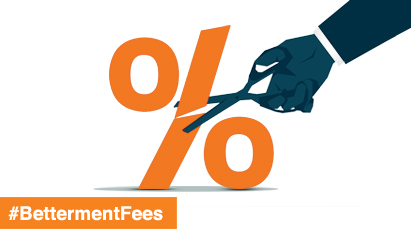Builders are pleading with the housing ministry to intervene in soaring cement and steel prices
Real estate developers are concerned about the increasing building costs due to constant increases in raw material prices, such as steel and cement, and an unexpected jump in the foreground of the Russia-Ukraine conflict.
Concerns about rising costs, realtors reportedly asked the Ministry of Housing & Urban Affairs (MoHUA) to intervene through its pan-India body, the National Real Estate Development Council (NAREDCO), to stop the increase in the prices of construction materials, particularly steel and cement.
In a letter to Housing Minister Hardeep Singh Puri, Naredco wrote, “The spike in prices is attributable to extraordinary occurrences confronting the global, like the Covid-19 pandemic and now, the Russia-Ukraine war.” “As the cost of raw materials rises, the cost of real estate projects rises dramatically.” The builders are bearing the burden of the rising building costs, despite the fact that the sale price stays same.”
NAREDCO has proposed that the import duty on steel be reduced to zero from 7.5 percent for a two-year term, as well as a two-year restriction on steel exports, until the period of high price and service in domestic markets is remedied.
Furthermore, the cost of cement and steel must be limited until domestic supply is restored, and both cement and steel must be placed in the lower slabs of the goods and services tax, according to the report (GST). The council also recommended that imported cement be permitted.
As per NAREDCO, the real estate sector has just begun to show signs of recovery as the pandemic has eased, but increased input prices are having a negative impact on real estate developers.
“Real estate agents have already sold the inventory; given rising building costs, this strain may be passed to home buyers.” We’ve also approached the RERA officials, requesting that they treat this as a Force Majeure situation and allow the flats’ selling prices to go up,” stated Sandeep Runwal, President of NAREDCO Maharashtra.
The surge in input prices of materials, he claims, is a stumbling block for the government’s ‘Housing for All’ program, as housing affordability will become a faraway fantasy.
Cement prices are up almost 45 percent to Rs 360 per sack, up over Rs 250 in January 2020, while steel prices have increased roughly 131 percent to nearly Rs 90,000 per tonne, up from around Rs 39,000 two years ago.
Excessive cement and steel prices, as per builders, were a source of worry, and in addition to industry representatives discussing the problem previously, numerous business executives and ministers have expressed their displeasure on a variety of public forums.
The year before, Nitin Gadkari, the Union Minister for Road Transport and Highways, warned steel and cement firms about the excessive pricing increases and broached the subject with Prime Minister Modi. He further stated that the government was concerned towards establishing a steel and cement commission.
Despite the fact that the cost of critical raw materials such as cement and steel has been rising over several quarters, builders are concerned that the cost increase this time would have to be carried on to homebuyers.
Housing sales have been recovering in major real estate markets, thanks to record-low home loan interest rates, state government stamp duty cuts, and consistent pricing and subsidies. Many builders, on the other hand, have not raised home prices in order to prioritize liquidity over profitability.
The price war between the cement and real estate industries has raged periodically over the years, with the former filing a complaint with India’s Competition Commission.
Under the strategy of economic liberalization, the cement sector was deregulated in 1989 and delicensed in 1991. The industry makes decisions about the installation of the new facilities based on market demand.
Disclaimer: The views expressed above are for informational purposes only based on industry reports and related news stories. PropertyPistol does not guarantee the accuracy, completeness, or reliability of the information and shall not be held responsible for any action taken based on the published information.




